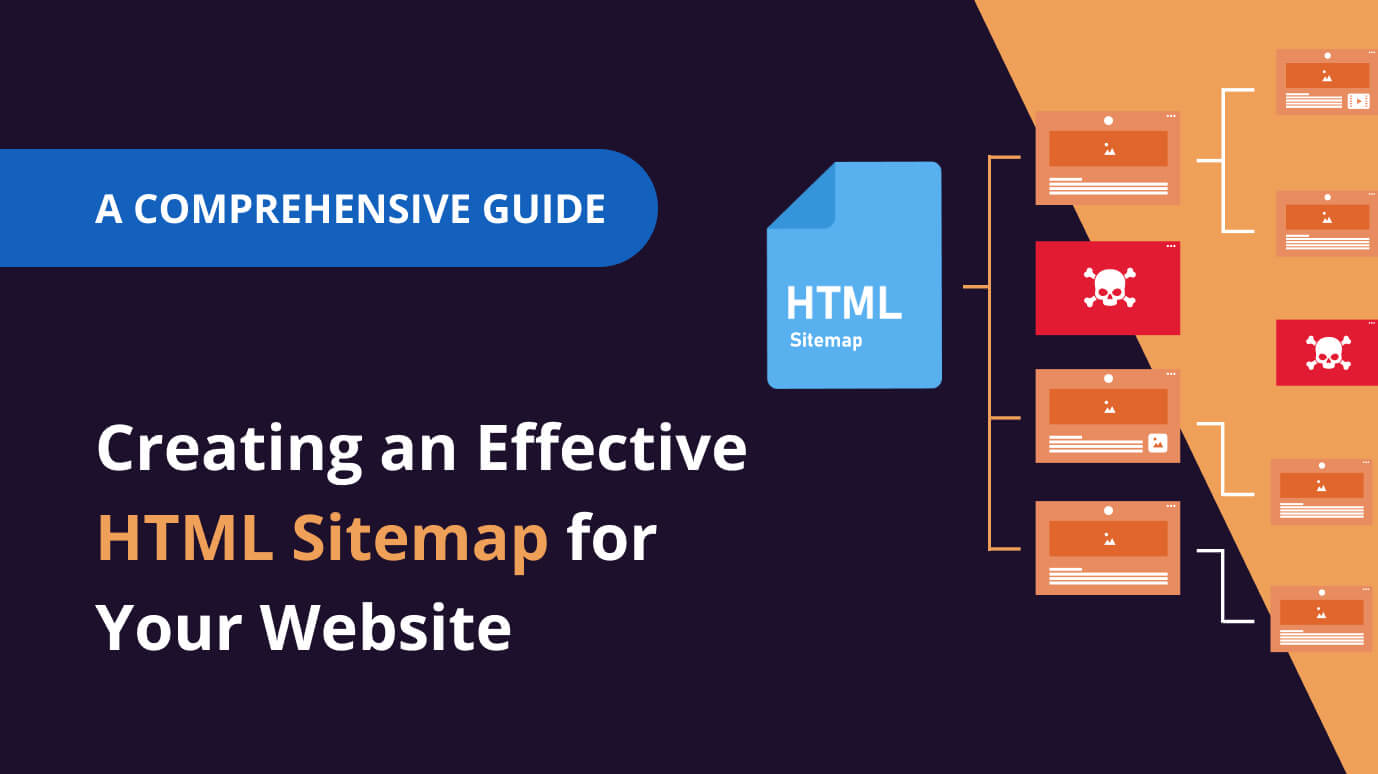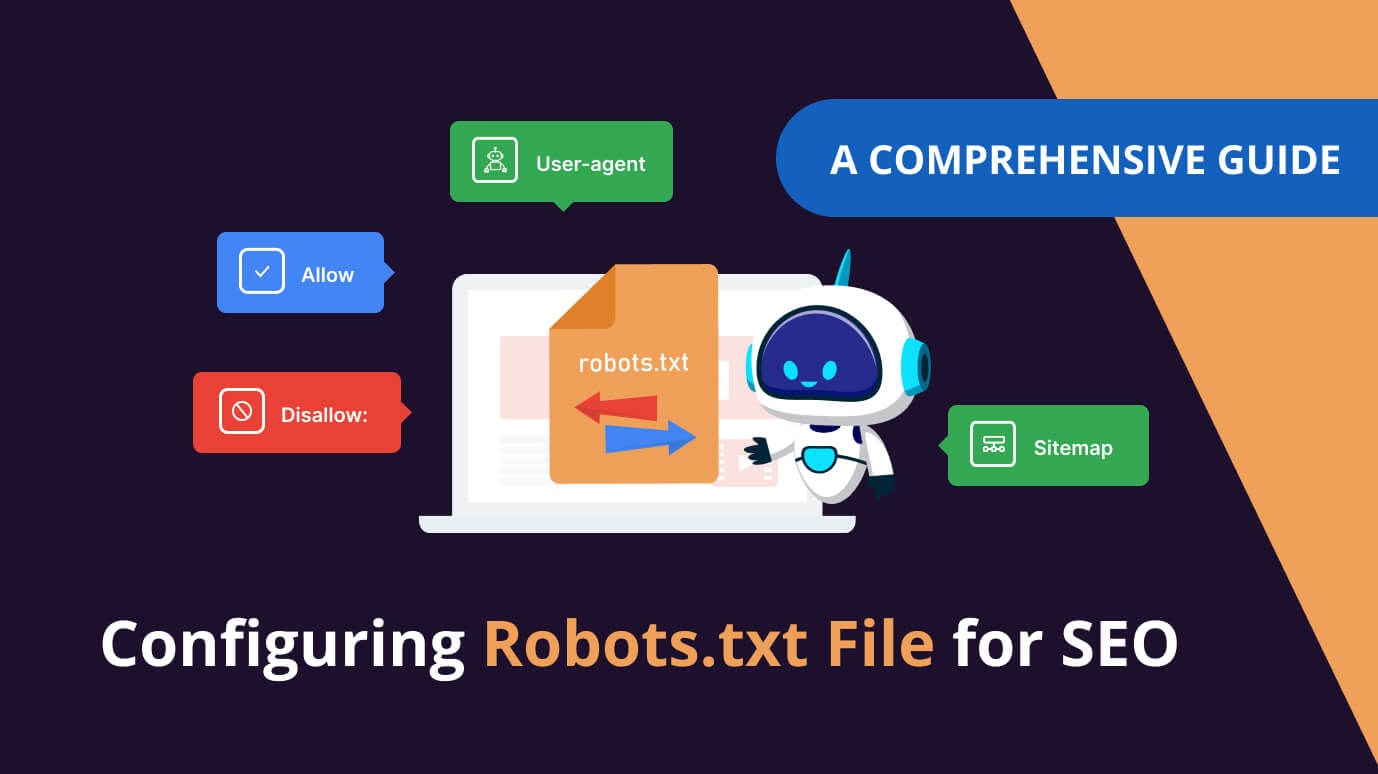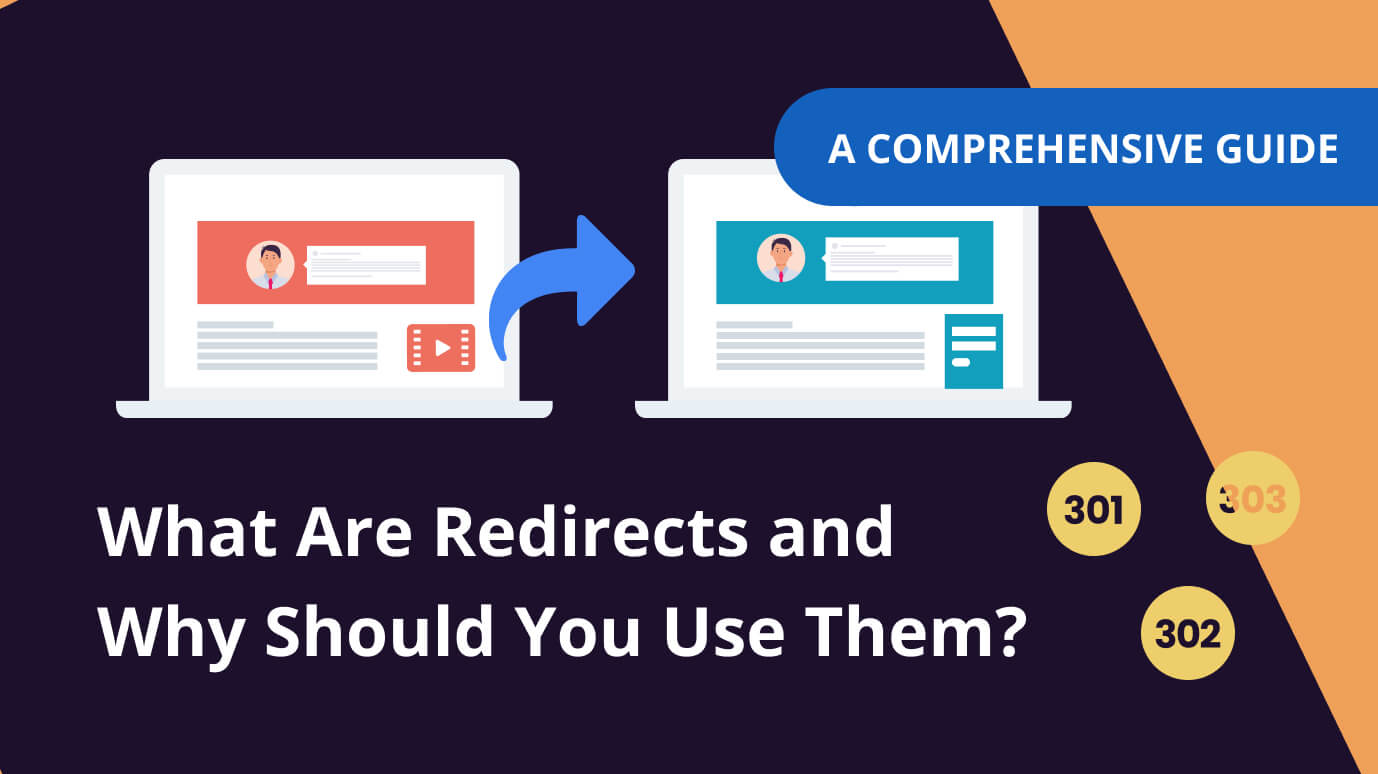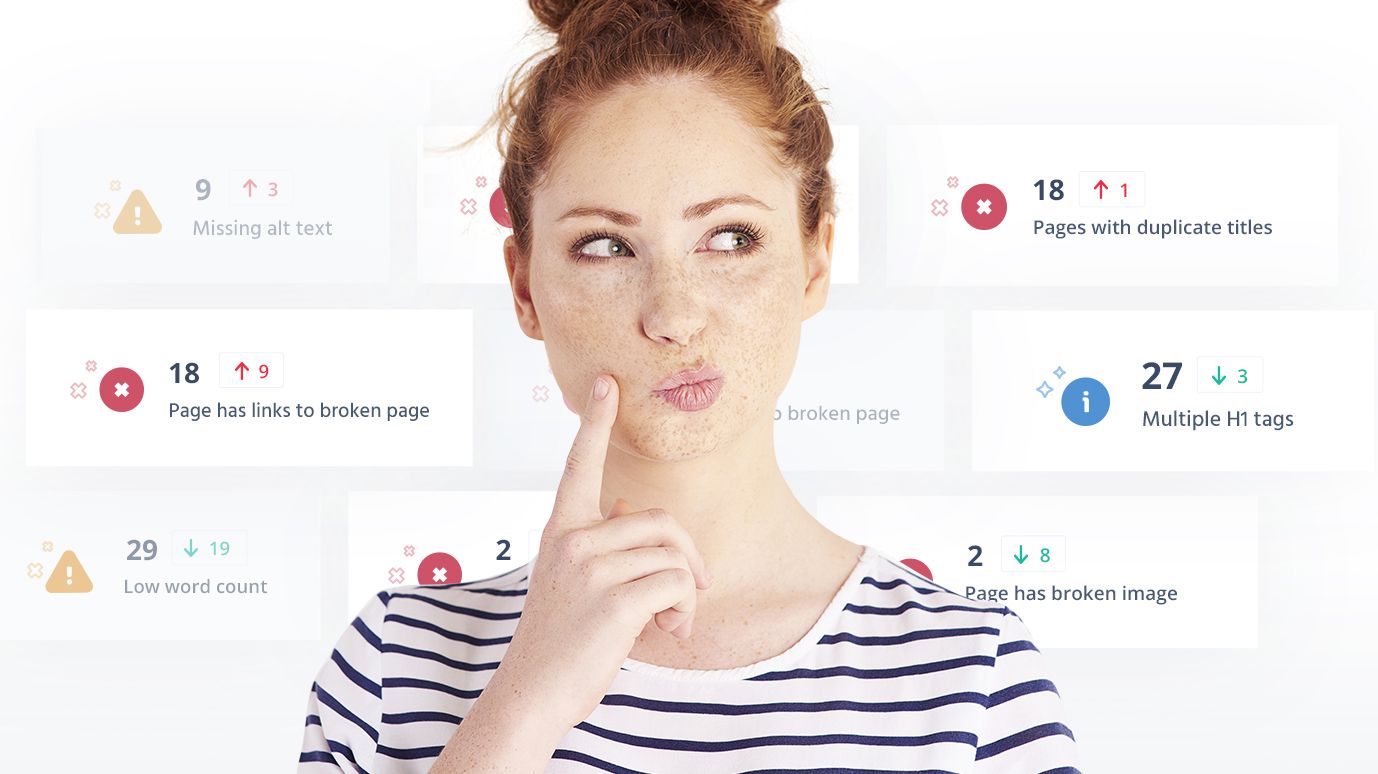
 5 min read
5 min readWhy You Should Perform a Technical SEO Audit
Search engine optimization is critical to the success of a modern business. By increasing your presence in search results, your business will receive more potential customers. Search engine traffic is a huge portion of inbound marketing. Since your competitors are always working on their own SEO, neglecting it will result in your business falling behind.
Traditional strategies for improving your search engine rankings are largely irrelevant nowadays. Pages stuffed full of keywords are ignored by Google and Bing’s recent algorithms. Mobile-friendliness, HTTPS support, and content recency are all far bigger factors than they were in the past.
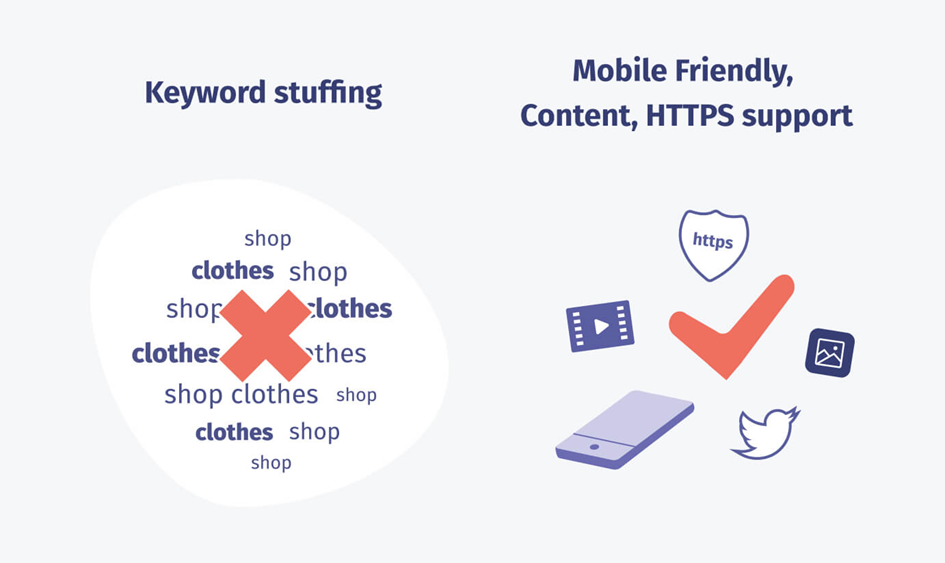
Most search engine optimization problems can be solved easily once identified. For example, broken links and robots.txt errors can be difficult to identify manually, but are usually trivial to fix once they’ve been pointed out. The most efficient way to discover and fix SEO issues as they crop up is to use an automated SEO auditing and reporting tool like Seodity regularly.
In this article, you’ll learn how a technical SEO audit can help your business. Additionally, you’ll learn how to perform one yourself—without any complex technical knowledge—and how to use the results to enhance your web presence.
How Does a Technical SEO Audit Work?
SEO auditing is a technique to identify issues with a website that can affect its rankings on Google and other search engines. These issues range from problems with content to broken redirects to duplicate page titles and descriptions. Hundreds of variables go into determining search engine rankings, so it’s highly impractical to manually audit a website.
An on-site SEO auditing tool works similarly to an actual search engine. It crawls a website, following links and making note of various factors along the way. When the tool discovers an issue, it presents the problem to the user along with an explanation of why the issue matters and suggestions to fix it. Additionally, the tool will determine the most-used keywords on different pages, which is helpful for determining the kinds of queries that will include your website in the search results.
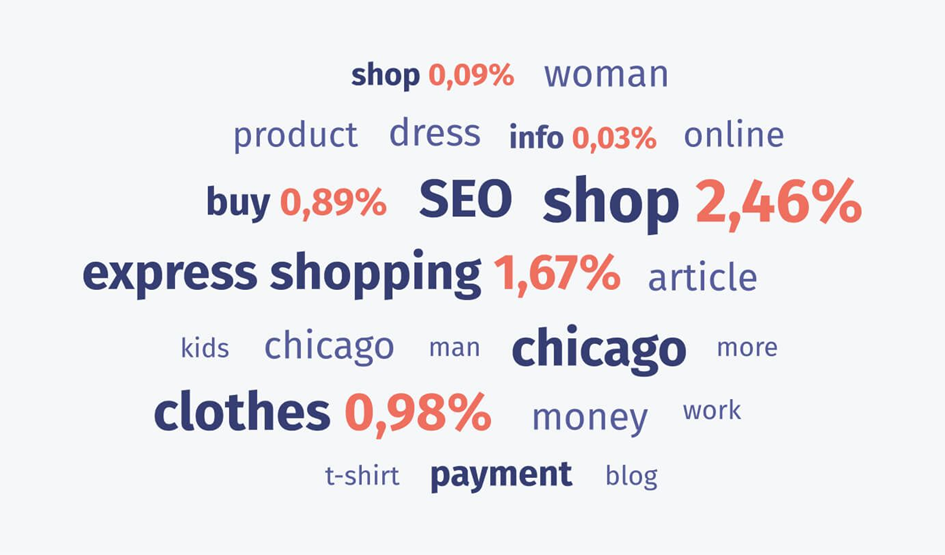
Most SEO auditing tools include off-site functionality as well. For example, they might automatically perform Google searches and determine keyword rankings or analyze the performance of competitors. These features are out of the scope of this article, but they’re very useful.
What Do You Need to Know to Use an SEO Auditing Tool Effectively?
Although it helps to have a basic understanding of how search engines rank websites, you don’t need to be an SEO expert to significantly improve your Google rankings with the right SEO auditing tool. By the time you’re done reading this article, you’ll understand everything you need to perform a technical SEO audit on your website. Good SEO auditing tools will display contextual help information that explains the meaning of particular issues and provides pointers on fixing them.
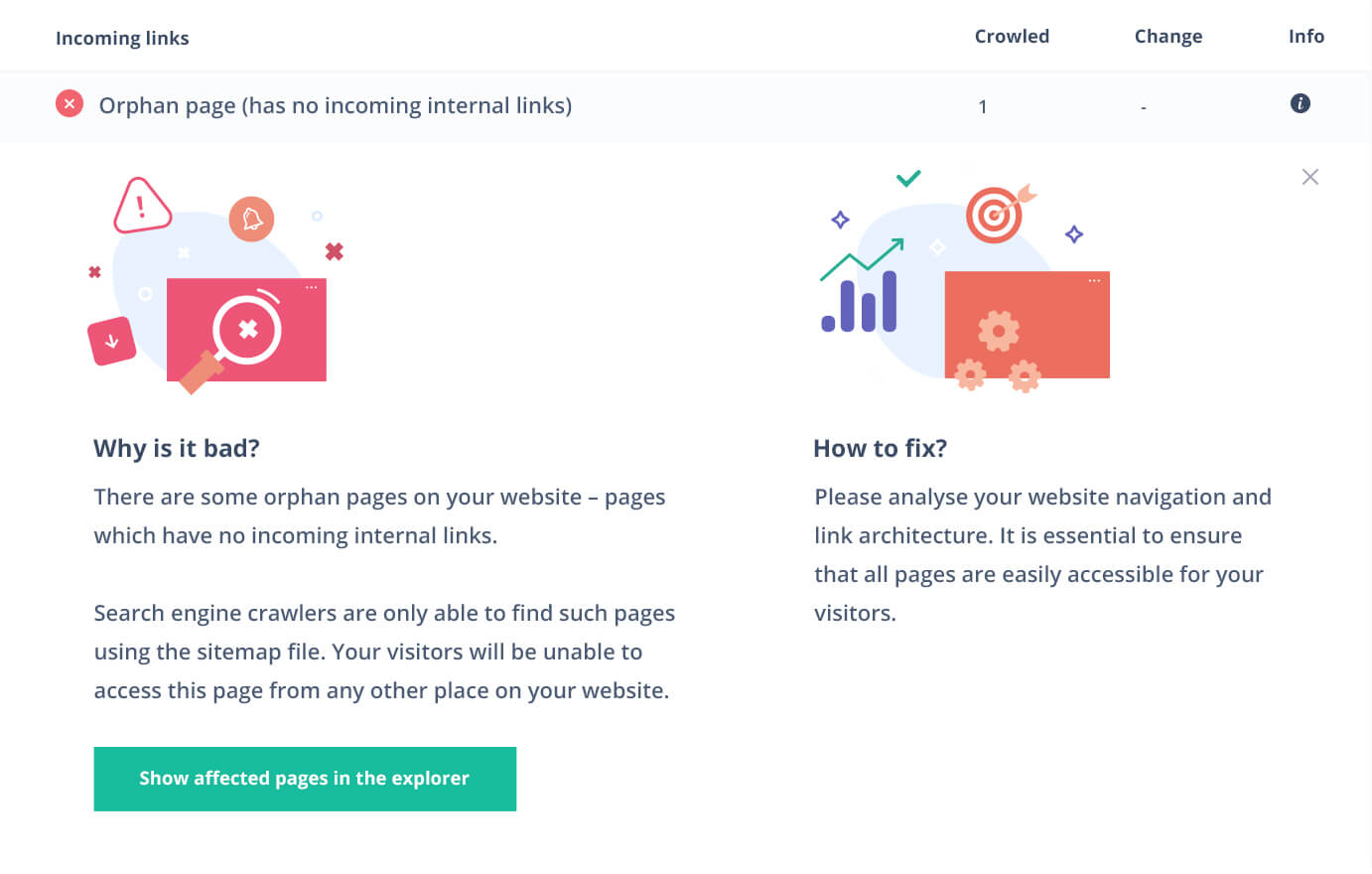
Performing the SEO audit and interpreting the results does not require an advanced understanding of web technologies or search engine optimization. However, implementing the suggested changes on your website can sometimes be a little more complicated, depending on the technology used to build your website.
How Do You Perform an SEO Audit?
With powerful, easy-to-use SEO auditing tools like Seodity, performing a technical SEO audit is quick and easy. For small and medium websites, performing the audit and interpreting the results will take less than an hour. Nearly all websites that don’t have tens of thousands or hundreds of thousands of pages can be audited in an afternoon.
Using Seodity is easy. Visit https://seodity.com and click the “Get SEODITY free” button to create a free account. Type in the URL of your website and some keywords that your customers use to reach your website. In a short while, Seodity will finish preparing your completed SEO audit with lots of helpful suggestions, a useful score, and plenty of additional information to help you interpret the results.
After performing the audit, it’s time to interpret your results and make changes that will improve your website’s search engine rankings. Seodity splits its results into three categories: errors, warnings, and notices. Take a look at the most severe issues first. Click on the name of the issue to see where it shows up on your site. If you want to read an explanation of the problem, click on the information icon on the right side of the relevant row.
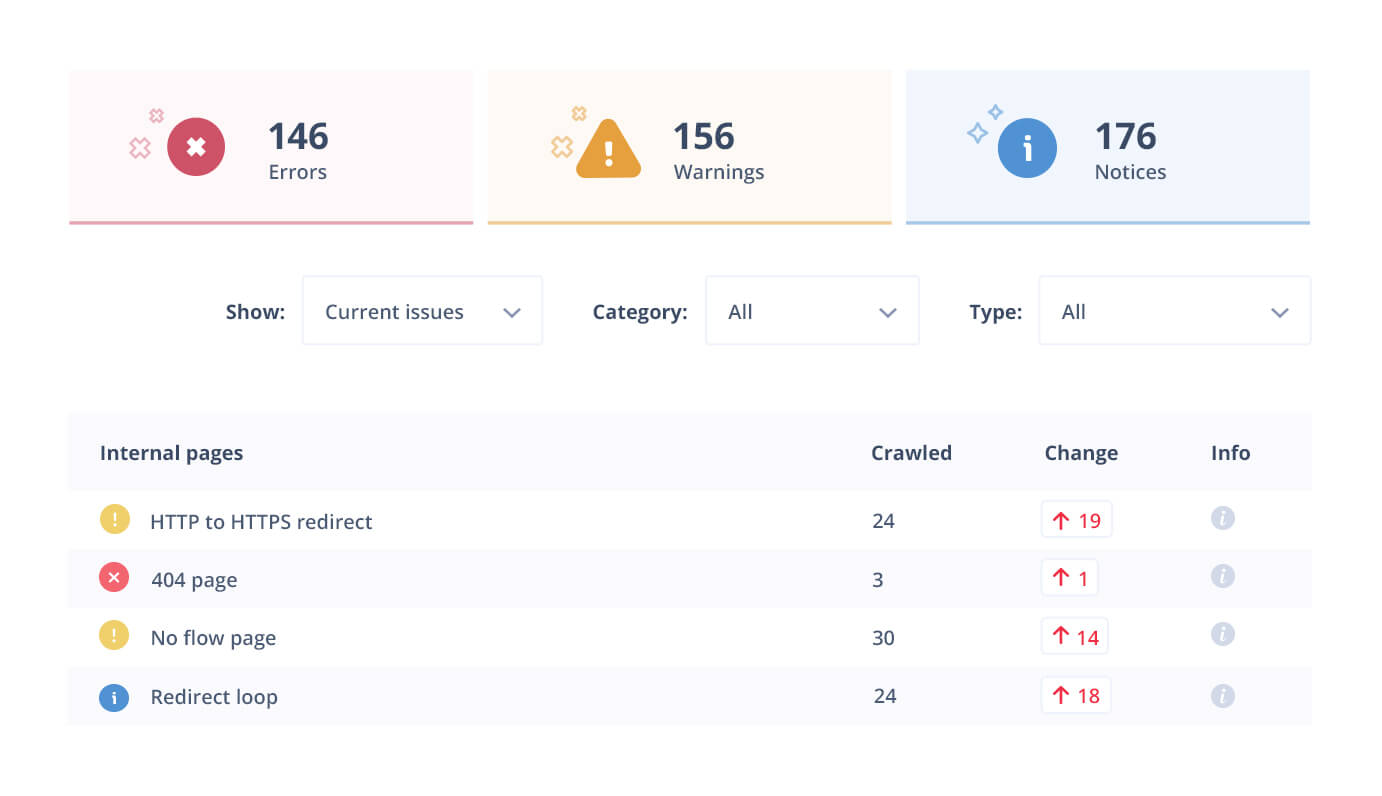
The data from the audit should be enough to make significant improvements in Google rankings. In addition, Seodity’s on-site auditing tool has one more trick up its sleeve: the keywords cloud. This section shows the most common keywords discovered on the pages that Seodity crawled. Based on this information, you can write targeted content to make certain keywords more prominent on your website or prioritize the queries for which you want to rank highly.
What’s Next?
After running the audit and fixing issues that Seodity presented, it might be tempting to stop worrying about SEO for a while. However, this is a misguided approach. SEO is a constantly changing field. Search engines constantly adjust their algorithms to present more relevant results to users. No matter what, at least one of your competitors will be working on their SEO around the clock. Don’t let them steal your search engine traffic.
The only way to stay ahead of the competition on search engines is to continuously work on your SEO. Simple issues can make significant differences in the way that your website performs on Google and other search engines. By making use of a powerful on-site auditing tool like Seodity, you can uncover subtle problems that are burying your website’s results under those of your competitors on Google.
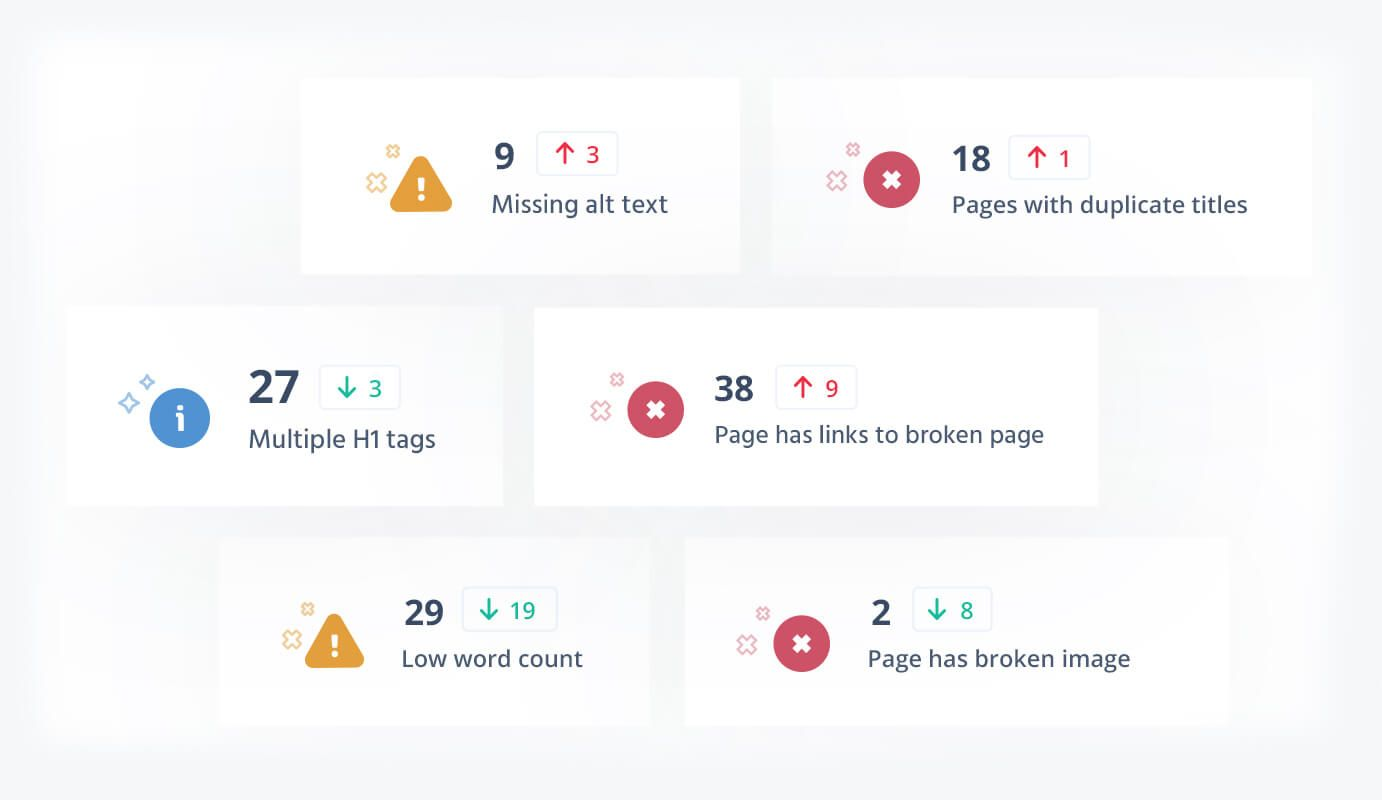
After fixing issues that SEO auditing tools discover—and continuing to do so regularly in the future—it’s a good idea to focus on building links to your website from other parts of the web. Having a good social media presence, being linked to from prominent websites, and even using traditional advertising can seriously boost your rankings.
Improve your website’s search engine performance with Seodity today.

Marcin is co-founder of Seodity
.svg)


